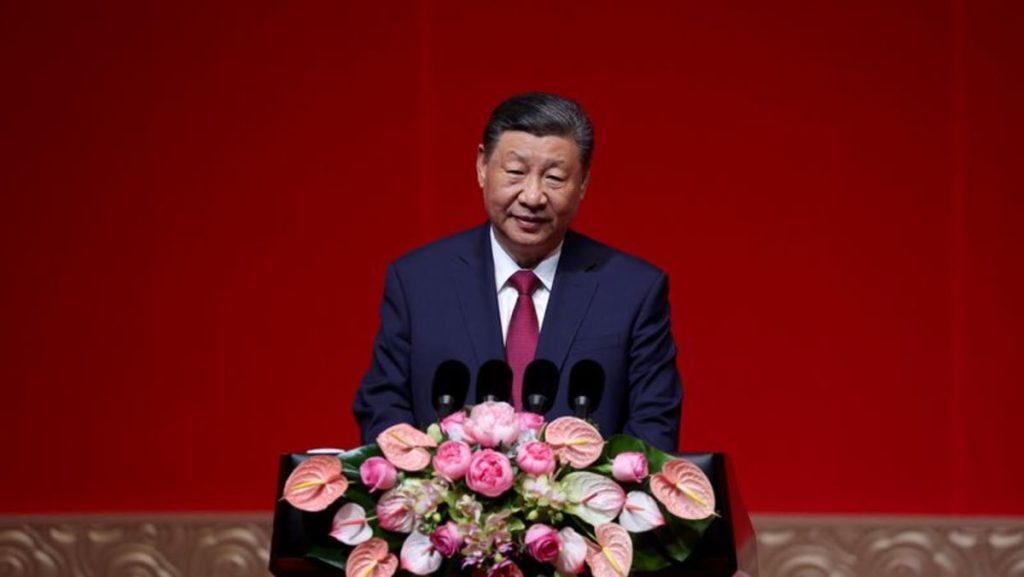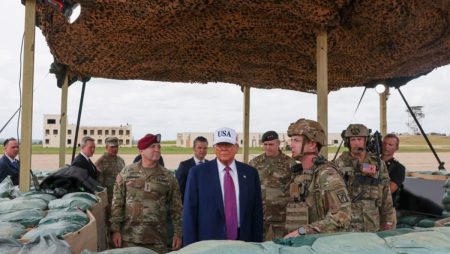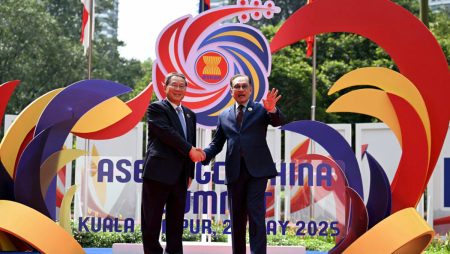President Xi Jinping’s recent phone conversation with European Council President Antonio Costa underscores China’s strategic intent to bolster its economic ties with the European Union amidst growing trade tensions with the United States. Xi emphasized the “symbiotic” nature of the China-EU economic relationship and expressed his hope for the EU to become a “trustworthy partner for cooperation.” This outreach highlights China’s proactive pursuit of alternative economic alliances as the US, under the Biden administration, continues its assertive stance on trade and technology restrictions. Xi’s call for strengthening strategic communication and enhancing mutual trust reflects the growing uncertainty in the international landscape and suggests a desire to establish a more stable and predictable partnership with Europe. The timing of this call, following the announcement of further US restrictions on AI chip exports, underscores the urgency of China’s efforts to diversify its economic partnerships.
Xi’s emphasis on the complementary and mutually beneficial nature of China-EU economic and trade cooperation reveals Beijing’s calculated approach to framing the relationship. By highlighting the mutual advantages, Xi aims to present China as a reliable and valuable economic partner, potentially mitigating European concerns about China’s trade practices and human rights record. He called for the creation of new avenues for expanded cooperation, signalling China’s willingness to explore further investment and trade opportunities with the EU. This approach likely aims to counter the narrative of China as a solely self-serving economic actor and position the relationship as a win-win for both sides. The call for expanded cooperation suggests China is seeking to deepen its economic ties with Europe beyond existing frameworks and explore new areas of collaboration, particularly in sectors like green technology and infrastructure development.
However, underlying tensions in the China-EU relationship remain, particularly regarding EU tariffs on Chinese electric vehicles. This issue, coupled with broader concerns about market access and reciprocity, represents a potential obstacle to the deepening partnership that Xi envisions. China’s state-controlled media has largely avoided mentioning these contentious points, choosing instead to focus on Xi’s message of cooperation and mutual benefit. This selective reporting underscores the delicate balance China is trying to strike as it seeks to strengthen ties with the EU while simultaneously downplaying areas of disagreement. Addressing these underlying tensions will be crucial for building the “trustworthy partnership” that Xi seeks.
The backdrop of increasing US-China trade tensions adds further complexity to the China-EU dynamic. The Biden administration’s recent decision to further restrict artificial intelligence chip and technology exports to China, continuing a policy initiated under the Trump administration, signals a sustained effort to limit China’s technological advancements. China’s strong criticism of these new regulations, including the commerce ministry and semiconductor industry association’s accusations of “technological hegemony,” highlights the growing friction between the two superpowers. This ongoing technological rivalry adds another layer of consideration for the EU as it navigates its relationship with both China and the US. The EU may find itself caught in the crossfire of this competition, facing pressure to align with either the US or China on technology and trade policies.
China’s outreach to the EU can be interpreted as a strategic response to the escalating US pressure. By strengthening its relationship with Europe, China aims to diversify its economic partnerships and reduce its reliance on the US market. This diversification strategy can provide a buffer against potential US sanctions or trade restrictions, allowing China to maintain access to key markets and technologies. Furthermore, a stronger relationship with the EU could provide China with more leverage in negotiations with the US. By presenting itself as a valuable economic partner to Europe, China can potentially create a counterbalance to US influence and encourage a more nuanced approach from the EU in its dealings with both superpowers.
In conclusion, Xi’s conversation with Costa reflects a calculated attempt by China to deepen its economic ties with the EU amidst a challenging geopolitical landscape. While emphasizing cooperation and mutual benefit, China is acutely aware of the underlying tensions and the complexities of navigating the relationship in the context of escalating US-China competition. The EU represents a crucial partner for China in its pursuit of economic diversification and technological advancement, and the coming months will be crucial in determining whether this “symbiotic” relationship can truly flourish in the face of global uncertainties. The success of Xi’s outreach will depend on both China’s ability to address the EU’s legitimate concerns and the EU’s willingness to engage with China as a strategic partner while simultaneously maintaining its transatlantic alliance.










